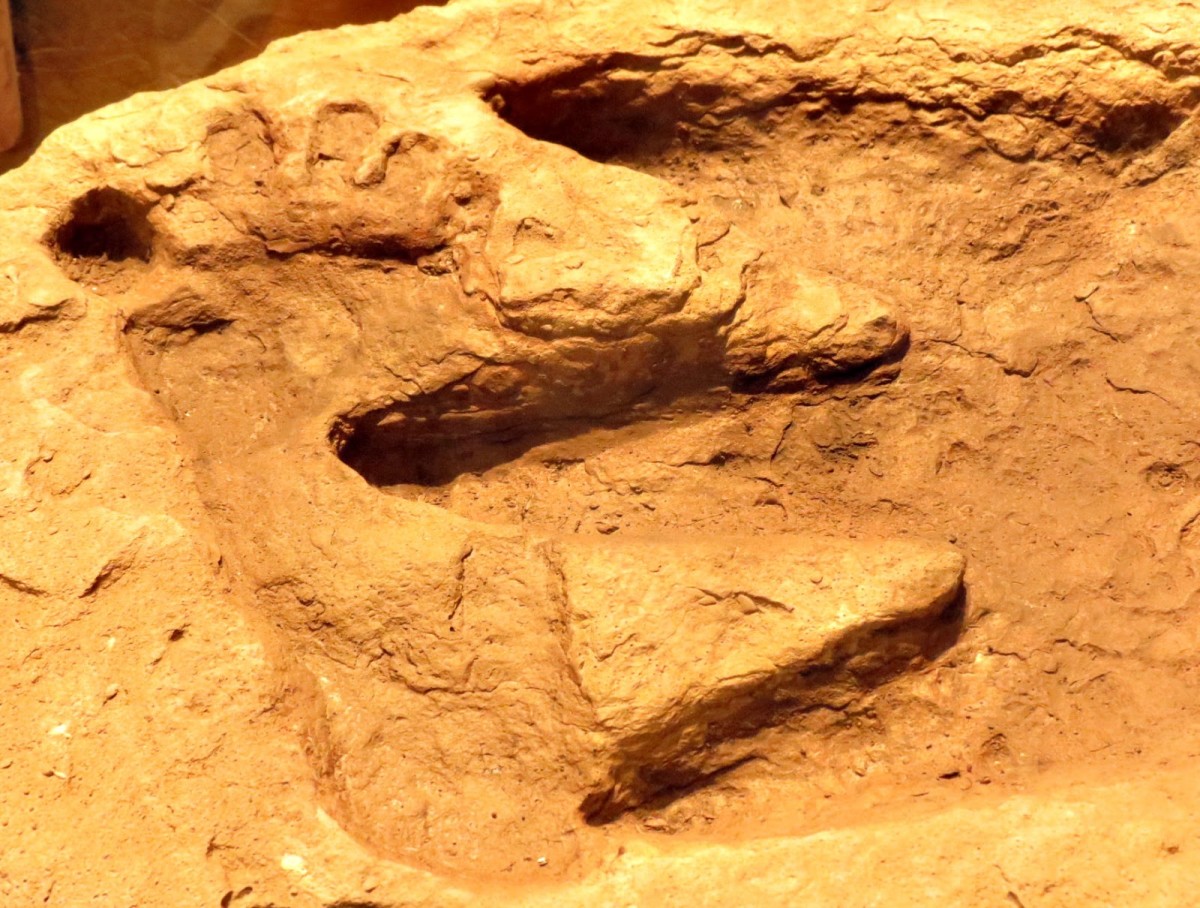Great Discovery - How Scientists Were Able to Tell the Age of the Ice Man

Carbon Dating Reveals the Age of the Oldest Human Body
I have read several different stories about this great discovery, the discovery of "The Ice Man." As far his age at the time of death, some believed he was forty-five years old. However, none of the literature I have previously read mentioned anything about the age of his mummified body when it was found.
In this hub I will be sharing findings on the alleged age of the ice man when his body was discovered and how scientists have actually come to determine his age.
Based on findings, in September, 1991, hikers high on the ridge separating Austria from Italy discovered a man's head and shoulders sticking out of a chunk of melting ice. At first they thought this startling figure might have been the body of a less fortunate fellow hiker who had encountered bad weather -- and somehow they were right. They immediately reported their discovery to the police, and the authorities arrived at the scene and dug up the body.
To everyone's surprise however, instead of Gortex they found fur and leather clothing and a Flint dagger as opposed to a Swiss army knife. The question is how old was this mummified hiker?
University researchers at Oxford, England, and Zurich, Switzerland, used radioactive Carbon -14 (14C),commonly refer to as Carbon Dating, to determine the age of the Ice Man. Now another question you might want to ask, how does 14C dating work? It is believed that radiation from the sun produces a small but constant amount of 14c in the upper atmosphere. Plants absorbed 14C along with the more abundant 12C and use it to synthesize biological molecules during photosynthesis (when making food).
When the plants are eaten by animals, a small portion of the 14C ends up in their bodies. As a result, the amount of 14C in all living plants and animals is equal to the amount of 14C in the atmosphere. However, when an organism dies, it stops incorporating 14C; instead, 14C begins to disappear, as it changes or decays into Nitrogen -14(14C has six protons and seven neutrons).
As the 14C changes to 14N, its concentration relative to 12C decreases. Scientists have discovered that 1/2 of the original amount of 14C decays in 5730 years. (This is known as the half-life of 14C.) So on 11,460 years there will be 1/4 as much, and by 17,190 years, only 1/8 will remain.
After calculating the concentration of 14C found in a small chunk of the ice man's flesh, the European Scientists were able to come to the conclusion that the ice man live approximately 5300 years ago, and that he was the oldest, best-preserved, and most complete human body of that antiquity yet found.
What Caused the Death of the Ice Man?
It is believed that an early autumn evening some 5300 years ago, the ice man was hiking across the mountains. After having a meal which consisted of fresh autumn berries, he sat his belongings against nearby rocks, made a fire, then laid down to sleep. According to scientists, apparently there was an abrupt change in the weather condition, but he was so tired, that he failed to wake up and feel the cold.
One author wrote that when the ice man was found, his body remained stretched out, instead of curled up, and the most likely cause of death was freezing. Dried up by autumn winds, and covered by winter snows, the iceman did not decay for five millennia. The ice man was "reintroduced" to a far different world in 1991, only after record summer warmings.
Conclusion
This indeed is truly a great discovery. However, for the ice man to continue sleeping without even realizing that it was freezing cold, this poor man must have been really exhausted, or it's possibly that he could have gotten severely ill and died or may have even been killed by someone else!
(C) I.Mcfarlane 2012






